×


We have detected your country as:
Please click here to go to the USA website or select another country from the dropdown list.

{image_1}Intimacy—we all want it; we all desperately need it. Some of us, however, have been so hurt in life that we fear it, or we have been so denied it that we don’t know how to pursue it. Yet, it is something we must have to survive. People commit suicide because they either lose it or can’t find it. The good news is God has the recipe for it. It’s His desire that we have it with Himself and with man.
Continue Reading »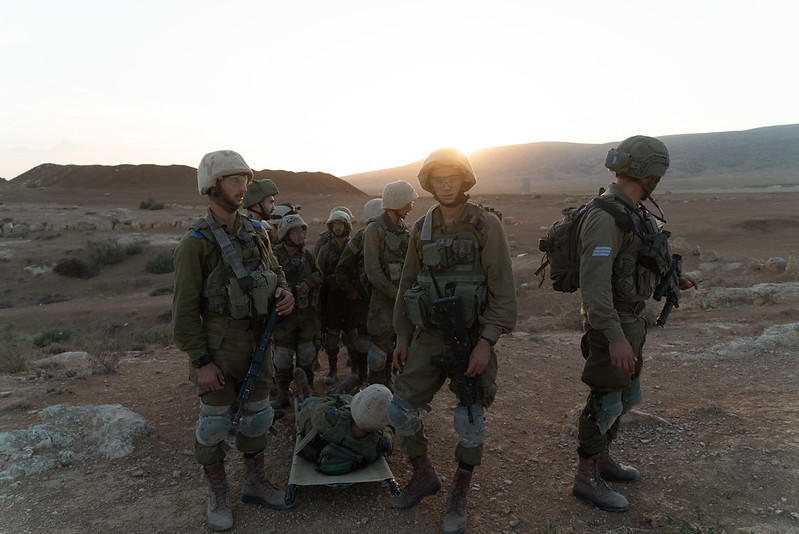
{image_1}Israel has had to adapt to many threats and challenges: from tanks to terrorists, from plane hijackers to missile launchers. And that work never ends. Israel’s Home Front Command, a division of the Israel Defense Forces (IDF), has an ongoing role to prepare Israel’s civilians for a wide range of dangers. Included among those are nonconventional attacks such as chemical, biological, and nuclear threats.
Continue Reading »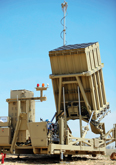
{image_1}The “Color Red” alert siren sounds as another terrorist missile heads towards the coastal city of Ashdod in Israel’s south. More than 200,000 Israelis are at risk. Cars, businesses, homes, schools, synagogues—any one of them could be the target for the blindly-fired Gaza rocket. An explosion is heard by people in the city, but there’s no shattered glass, blazing buildings, or injuries. The Iron Dome missile defense system has successfully managed to intercept the incoming projectile, literally blowing it out of the sky with a missile of its own.
Continue Reading »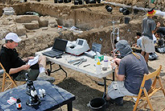
{image_1}Under the hot sun in southern Israel, the Philistine city of Gath, archaeologists have been puzzling over how it was plundered and destroyed. “It was like a mini-Pompei, a frozen record in a moment of time,” says Prof. Steve Weiner, director of the Kimmel Center for Archaeological Science. Kimmel's unique onsite laboratory helps archaeologists piece together the events of the destruction.
Continue Reading »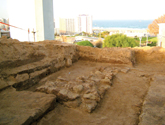
{image_1}Remains of massive walls more than one meter (3 feet) wide were found in an archaeological excavation by the Israel Antiquities Authority (IAA). They were dated to the First Temple Period and uncovered on Giv'at Yonah (the Hill of Jonah) in Ashdod prior to some development work.
Continue Reading »
{image_1}Israel Antiquities Authority (IAA) inspectors reported in April that they seized two covers of Egyptian sarcophagi, which once contained mummies. The IAA’s Unit for the Prevention of Antiquities Robbery confiscated the covers while checking shops in the market place of the Old City in Jerusalem.
Continue Reading »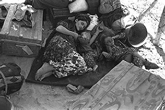
{image_1}The Foreign Ministry held a conference in April during which it presented a special report on “Jewish refugees from Arab nations.” Deputy Foreign Minister Daniel Ayalon urged the Arab world to recognize its historic responsibility for displacing Jews who once lived in Arab nations and making them de-facto refugees.
Continue Reading »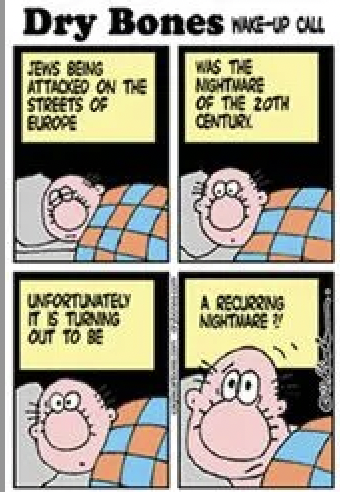
{image_1}In March, four Jews, as well as three soldiers, were killed in Toulouse, France, by a Muslim gunman who was a member of al-Qaeda. Funerals were held in the presence of thousands in Jerusalem for Rabbi Jonathan Sandler, 30, his three-year-old and six-year-old sons Gabriel and Arieh, and eight-year-old Myriam Monsonego, daughter of school headmaster Rabbi Yaacov Monsonego. All four victims held joint French and Israeli nationality.
Continue Reading »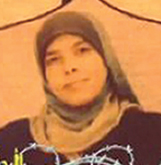
{image_1}Ahlam Tamimi, the Hamas terrorist who drove a suicide bomber to the Sbarro restaurant in Jerusalem where 15 people were consequently killed, has gotten her own television show, Ynet has learned. Tamimi, who was sentenced to 16 life terms in Israeli prison, was freed in October as part of the swap that bought Israel Defense Forces [IDF] soldier Gilad Shalit’s freedom. She was deported to Jordan, where she appears to have launched a television career. In an interview, Tamimi said she does not regret her involvement in the 2001 attack.
Continue Reading »
{image_1}The possibility of a strike against Iran’s nuclear facilities may evoke images of an air strike, but the Islamic Republic is gearing to counter every scenario, and according to Al-Mashreq Web site, Tehran has prepared a detailed plan of the defense in case of a ground offensive by the West. The Web site detailed the plan sans Iran's previous threats against Israel or American internets in the Persian Gulf.
Continue Reading »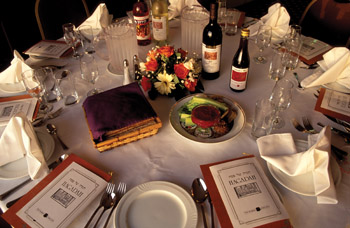
{image_1}Many of us are familiar with the celebration of Passover, even if we aren’t Jewish. Some of us have had the privilege of attending a Passover seder meal in the home of a Jewish friend or participated in a sederconducted as a teaching experience. Many Christians are aware that the Last Supper, as mentioned in the Christian Scriptures, was a Passover seder and are eager to learn about the holiday that was important to Yeshua (Jesus) Himself. As traditions go, Passover has had amazing longevity, originally celebrated by Moses and the Israelites, and has attracted interest from a variety of faith traditions.
Continue Reading »{image_1}School children from the Efrat settlement [between Bethlehem and Hebron] and residents of the neighboring Palestinian village planted trees together in an initiative that promoted coexistence in the West Bank [Judea and Samaria] Yedioth Ahronoth reported.
Continue Reading »All logos and trademarks in this site are property of their respective owner. All other materials are property of Bridges for Peace. Copyright © 2025.
Website Site Design by J-Town Internet Services Ltd. - Based in Jerusalem and Serving the World.